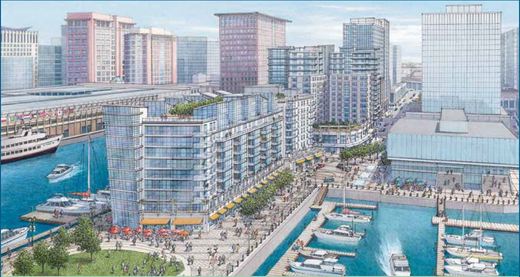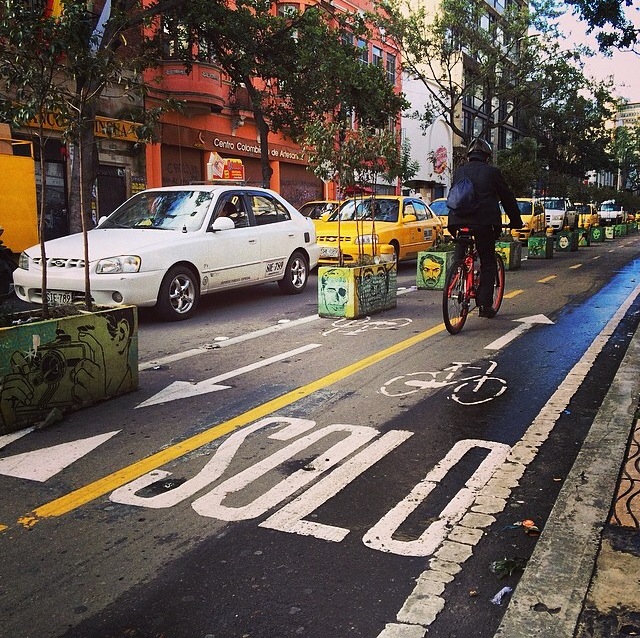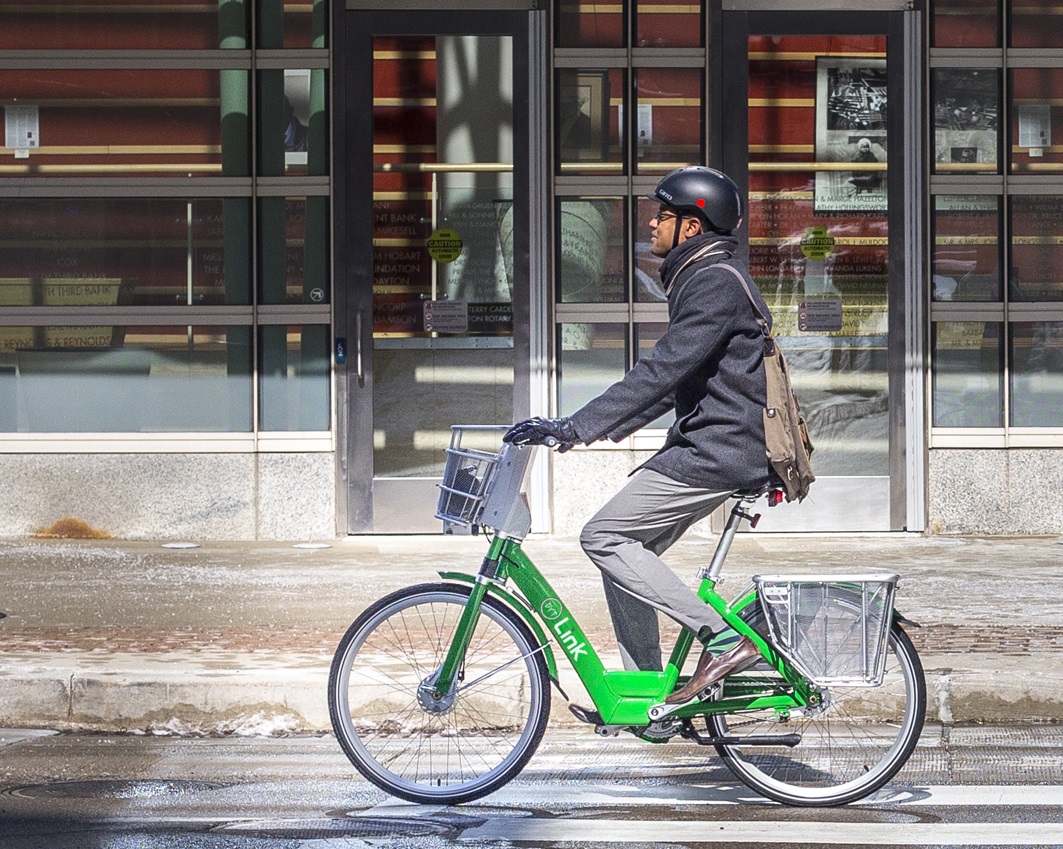Boston has shed thousands of parking spaces in recent years, and most aren’t coming back.
Boston has experienced a center city revival that is right up there with the best of ’em in North America. In particular, the South Boston neighborhood has seen a dramatic change in fortunes. Where thousands surface parking lot spaces once sat are now mixed-use buildings housing new residents and jobs. So what happened to all of that parking? No one is really sure, and only a few seem to care. More from the Boston Globe:
One large landowner in the Seaport, the Massachusetts Port Authority, offers a startling estimate of the changes afoot: Roughly three years ago, there were 6,000 spaces in surface parking lots in the South Boston neighborhood. Three years from now, there will be just 750.
For some, it may be hard to understand how we got here. How did a city of technology wizards, big-data gurus, and parking apps for smartphones lose track so utterly of its parking plan? How did the city of “pahk the cah” become one bereft of places to put the cars? Blame a booming economy, low interest rates fueling development, and a demographic shift to younger urban dwellers willing to live without wheels.


